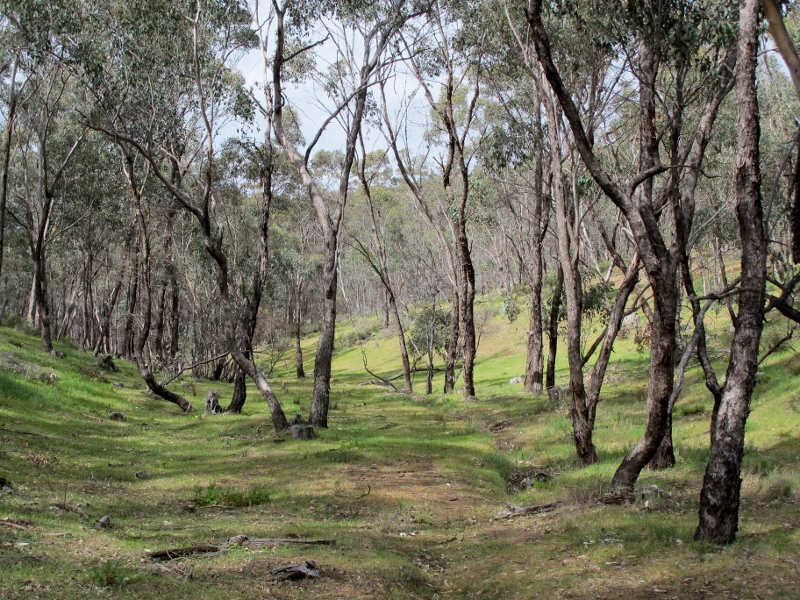FOBIF has made a submission to the Department of Environment’s fire planning process. In it, we’ve repeated a few of the concerns we expressed in our 2014 submission. We’ve received a number of assurances about these concerns–mainly to do with large area burns–but still maintain a keen interest in the practical outcomes.
The substance of the submission is set out below:
***
Because we live close to bushlands we have an obvious interest in fire safety as a priority, but we do not believe this should be achieved by laying waste to bushlands. Our priorities are the same as those repeated in many DSE/DELWP documents: fire safety and ecological health.
General
- We would like to know how the planned burning program on public land fits with the ‘priority fuel management areas’ referred to in last year’s West Central Risk Landscape management plan, and how it relates to fuel management in the adjacent ‘priority areas’ on private land.

In the Gough’s Range State Forest: FOBIF is taking a close interest in large scale burns planned for this and other remoter areas.
Our concerns of last year remain:
- We believe that the five per cent target is skewing burning operations away from strictly safety concerns towards achievement of burn coverage which has little relevance to safety or ecological health, and may be damaging to both.
- We remain disturbed by the unavailability of burn plans and post burn assessments, in spite of the requirements explicitly set out in the Code of Practice.
- We are particularly concerned about the relatively large area burns zoned LMZ [for example, in the Muckleford/Maldon and Amanda’s Track areas], and would like to see the risk management assessments and specific ecological intentions in these burns.
Specific
- We remain concerned over the Amanda’s Track, Tarilta valley, Tarrengower, Sandon, Taradale, Gough’s Range and Muckleford/Maldon burns. [see our 2014 submission]
- For each of the above burns, we would like to know what monitoring and research has informed decision making about what values are to be protected in these areas.
- We would like to know what specific risks DELWP has identified for the Castlemaine/Chewton area, and how the fuel management plan responds to these risks.
- We believe that the Department should, as part of its risk assessment process, identify the numerous areas of flammable weeds close to settlements and roads, and employ the appropriate methods to reduce them—not necessarily by fire.
- We remain concerned about the unaccountable number of large habitat trees brought down in even the patchiest of DELWP fires.
- We are also concerned about the destructive track work which seems to accompany almost every fire.




 Click on image for info/order page
Click on image for info/order page Click on image for info/order page
Click on image for info/order page Click on image for info/order page
Click on image for info/order page





















